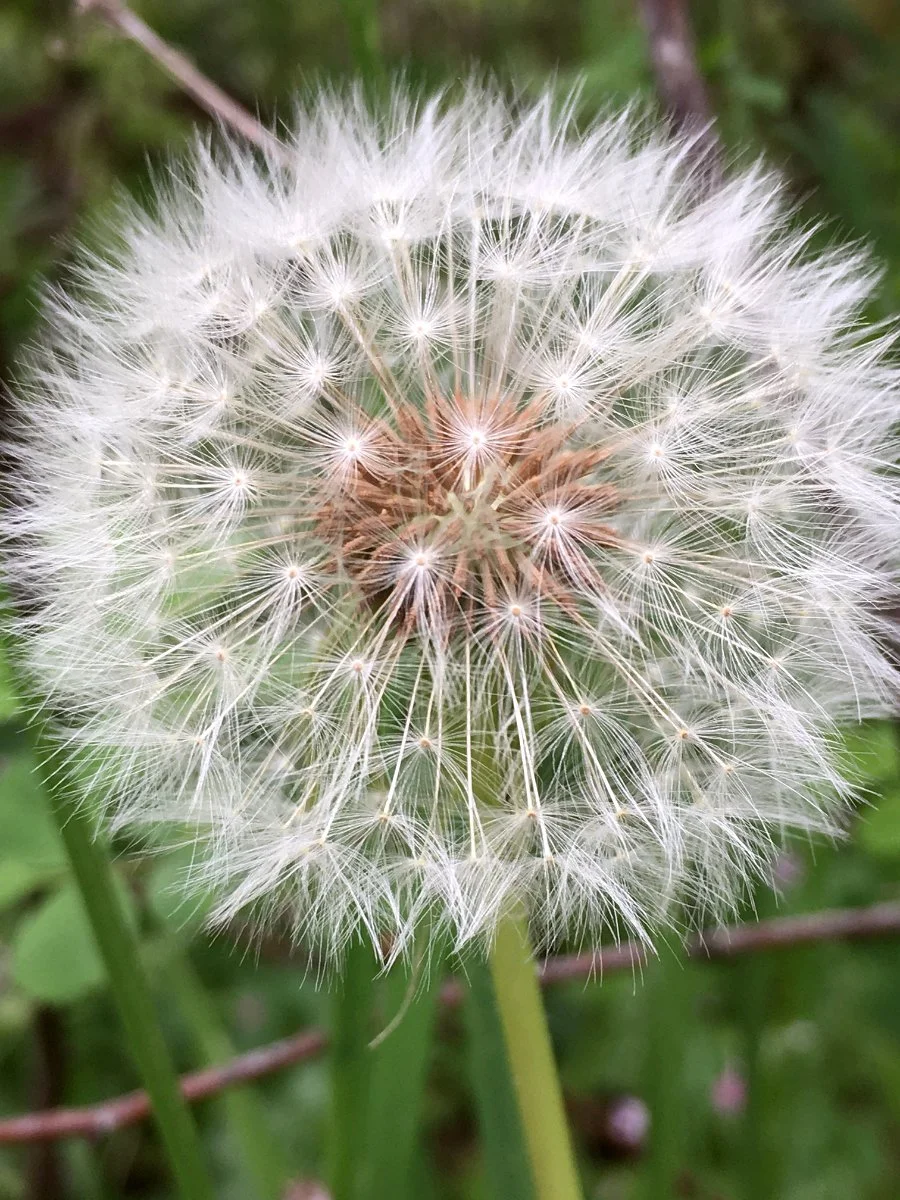The plant list for the arboretum records the species of gumweed Grindelia integrifolia. When I look it up in Plants of the Pacific Northwest Coast by Pojar and MacKinnon, under ecology of the plant it writes: “Beaches, rocky shores, salt marshes, mostly maritime habitats; frequent from the Queen Charlotte Islands south; also moist open non-maritime habitats in the Strait of Georgia-Puget Sound area through the Willamette Valley.” The plant I have photographed here is growing along the road in dry, hard soil in full sun. Also, it is blooming at the driest time of year. Something seems to be amiss. I wonder if this is a different species of gumweed not recorded on the plant list because based on the description of its habitat, it seems like this species wouldn’t be growing along a dry, sun-baked roadside.
All that aside, this plant is awesome! It is in the aster family and has bright, yellow ray florets radiating around the outside and golden disk florets packed in the middle. The flower is bulbous with a spiky involucre that is sticky or gummy. The stems are reddish and the leaves are alternate, without stems, and dotted with resin. It is a perennial herb that would be great to grow in an unmanaged part of your yard, like along the parking strip in front of your house. It will brighten the space around your home and provide insects with another nectar source in the latter part of the summer when there aren’t as many flowers.
I love the form of the flower heads, and I am looking forward to checking out the seeds!
Resources
Pojar, Jim, and Andrew MacKinnon. Plants of the Pacific Northwest Coast: Washington, Oregon, British Columbia & Alaska. Revised ed, Lone Pine, 2004.
















































































